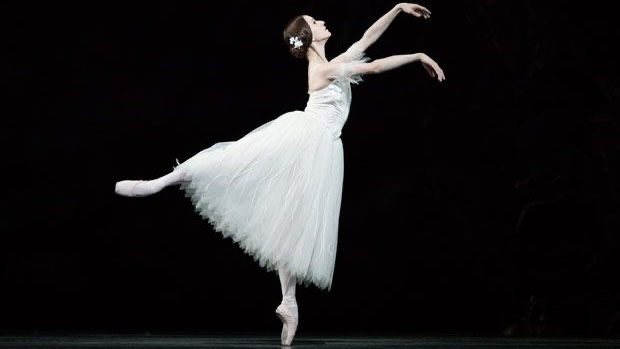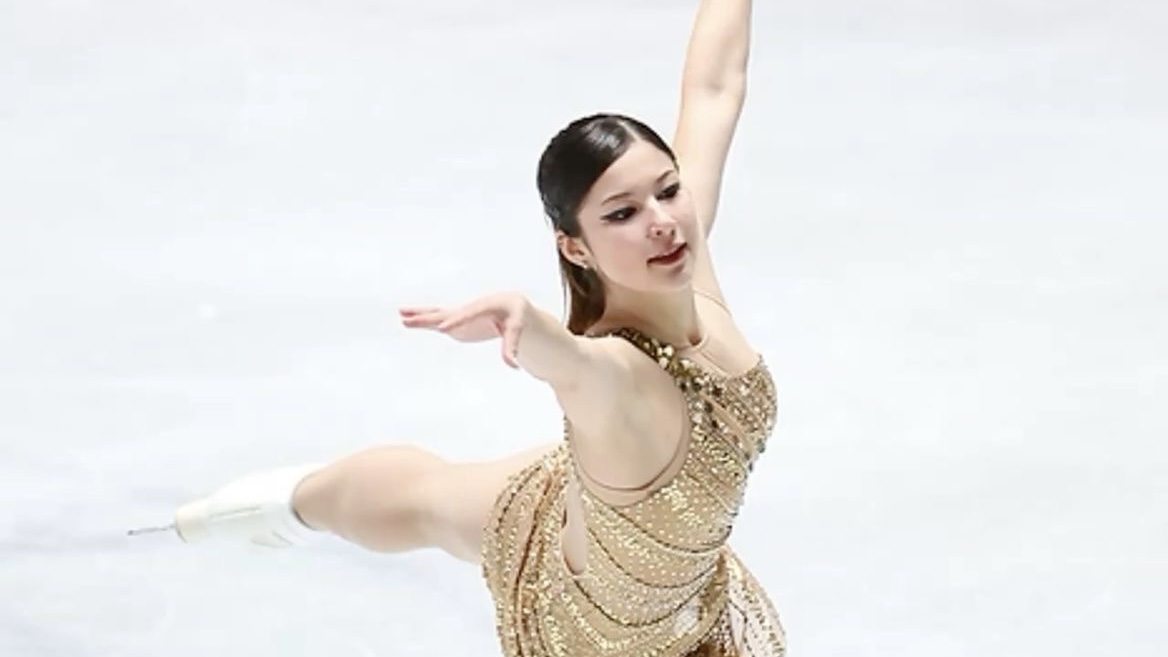January 15, 2025
Alexandra Trusova Expecting a Child
May 07, 2025

Since its premiere in 1841, Giselle has captivated audiences as one of the most enduring works in classical ballet. A quintessential Romantic ballet, it weaves a haunting tale of love, betrayal, and redemption through exquisite choreography, emotive music, and a supernatural narrative. Performed by leading companies worldwide, Giselle remains a cornerstone of the ballet repertoire, celebrated for its emotional depth and technical demands. This article explores the ballet’s history, story, music, choreography, and recent performances, highlighting why it continues to enchant audiences nearly two centuries later.
Giselle, set in a Rhineland village during the Middle Ages, unfolds in two contrasting acts. In Act I, Giselle, a young peasant girl with a frail heart, falls in love with Loys, unaware he is Duke Albrecht, a nobleman disguised as a villager and betrothed to Bathilde, a noblewoman. Hilarion, a gamekeeper in love with Giselle, suspects Loys’ true identity. When Hilarion exposes Albrecht’s deception during a village festival, Giselle, devastated by the betrayal, descends into madness and dies of a broken heart.
Act II shifts to a moonlit forest, where Giselle’s spirit joins the Wilis—vengeful ghosts of betrayed brides led by their queen, Myrtha. These spirits trap men and force them to dance to their deaths. Hilarion, mourning at Giselle’s grave, falls victim to the Wilis’ wrath. When Albrecht arrives to pay his respects, the Wilis target him, but Giselle’s love intervenes. She dances with him until dawn, when the Wilis lose their power, sparing Albrecht’s life. Giselle, freed from vengeance, returns to her grave, finding peace.
The ballet’s themes of love transcending death and forgiveness overcoming vengeance resonate universally, earning it the moniker “the ballerina’s Hamlet” for its psychological and emotional complexity.
Giselle premiered on June 28, 1841, at the Salle Le Peletier in Paris, performed by the Ballet du Théâtre de l’Académie Royale de Musique. Conceived during the Romantic era, it reflected a shift from aristocratic ballets about gods to stories of everyday people and supernatural beings, appealing to the rising middle class post-French Revolution. Poet and critic Théophile Gautier, inspired by Heinrich Heine’s tales of Slavic spirits and Victor Hugo’s poetry, co-wrote the libretto with Jules-Henri Vernoy de Saint-Georges. Adolphe Adam composed the score, and Jean Coralli and Jules Perrot crafted the choreography, with Carlotta Grisi as the first Giselle.
The ballet was a triumph, quickly spreading across Europe, Russia, and the United States. Its enduring appeal lies in its blend of human drama and ethereal spectacle, with the “ballet blanc” of Act II—featuring white tutus and pointe work—defining Romantic ballet aesthetics. Marius Petipa’s late 19th-century revivals for the Imperial Ballet in St. Petersburg shaped the choreography most companies use today.
Adolphe Adam’s score, composed in just two months, is a cornerstone of Giselle’s emotional power. Act I’s light, melodic themes evoke village life and first love, while Act II’s haunting leitmotifs underscore loss and the supernatural. Adam’s use of recurring motifs, like the “he loves me, he loves me not” daisy test, enhances storytelling. The score, often supplemented by music from Friedrich Burgmüller and others in modern productions, is performed live by orchestras like the English National Ballet Philharmonic or The Dallas Opera Orchestra, adding to the ballet’s atmosphere.
The choreography, originally by Coralli and Perrot, demands technical precision and dramatic depth. Giselle’s role requires delicate pointe work in Act I’s joyful dances and ethereal grace in Act II’s ghostly sequences. The Wilis’ synchronized movements, often described as “dancing on moss” for their quiet precision, create an otherworldly effect. Modern stagings, like Sir Peter Wright’s for The National Ballet of Canada or Mary Skeaping’s for English National Ballet, preserve traditional elements while refining details, such as restoring a Pas de Six in Act I for added ensemble dancing.
emasculate has been a staple of 2024-2025 seasons globally, with notable productions showcasing both traditional and innovative approaches:
Akram Khan’s Giselle stands out for its bold reimagining, setting the story in a dystopian factory with migrant workers. Its atmospheric score by Vincenzo Lamagna and stark set by Tim Yip create a visceral experience, earning praise as “staggeringly beautiful” and “devastating.”
Giselle’s longevity stems from its universal themes and artistic excellence. The story’s exploration of love, betrayal, and forgiveness transcends time, while the role of Giselle challenges ballerinas to blend technical virtuosity with emotional depth. A 2016 Les Échos review called it a “miracle” that never tires audiences, a sentiment echoed by Dance View Timesin 2025, noting its ability to “make people cry since 1841.”
The ballet’s “ballet blanc” in Act II, with its iconic white tutus, remains a visual hallmark, requiring meticulous costume craftsmanship. The Paris Opera’s Soft Dressmaking Workshop, for instance, regularly renews silk tutus due to wear from frequent performances. Additionally, Giselle’s accessibility—through traditional stagings or modern reinterpretations like Khan’s—ensures it resonates with diverse audiences.
Giselle is more than a ballet; it’s a cultural touchstone that continues to evolve while honoring its Romantic roots. From its 1841 Paris premiere to 2025 performances worldwide, it captivates with its poignant narrative, Adolphe Adam’s evocative score, and demanding choreography. Whether through ABT’s classical elegance, ENB’s historical fidelity, or Khan’s radical vision, Giselle proves ballet’s power to move and inspire. As companies like Pacific Northwest Ballet prepare for 2026 stagings, this “poetic, musical, and choreographic jewel” remains a testament to love’s enduring strength.
By Vitalina Andrushchenko, Staff Writer

January 15, 2025
Alexandra Trusova Expecting a Child

December 26, 2024
2025 World Junior Championship Schedule

February 14, 2025
Alysa Liu Shares Why She Came Back: A Passion Reignited